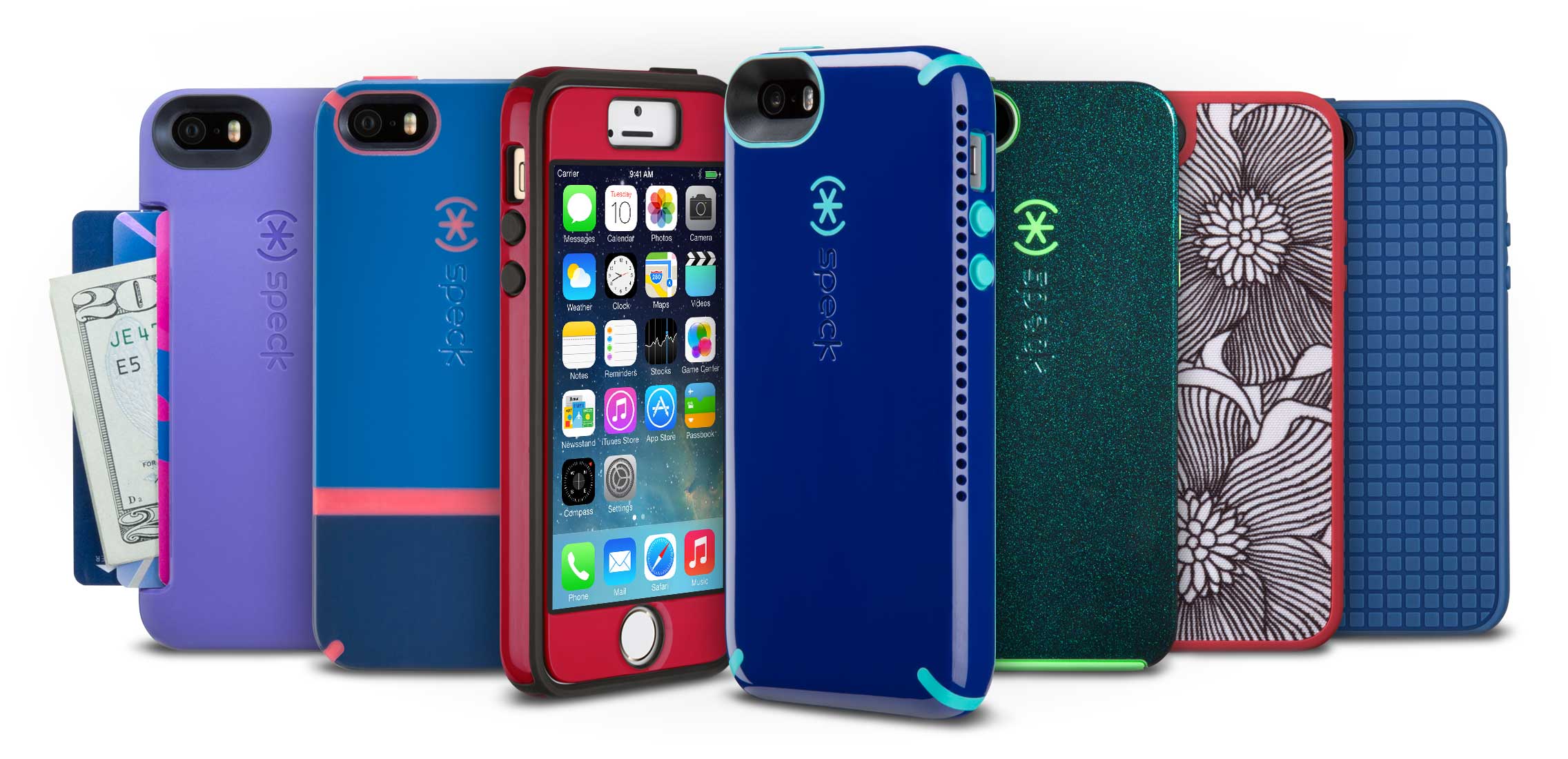Navigating the Murky Waters of the iPhone Case Industry

The market for iPhone cases is huge. Almost 9 in 10 iPhone owners (87 percent) choose to encase their phones. The lion’s share of the phone case market is taken up by zealous iPhone users – not only do iPhone users buy more cases than users of alternative brands but they are also more likely to be repeat customers. Just about half (49 percent) of iPhone owners purchase more than one case for their device during its lifespan according to analytics firm NPD.
In a mobile accessory market projected to grow to 101 billion by 2020 (ABI Research), phone cases are the fastest growing category as smartphones gets slimmer and lighter while continuing to add more value to user’s lives with each additional feature. Apple recognize the potential for this market and have accordingly ramped up the competition by going as far as engaging in industrial espionage in a bid to beat rivals to the market.
Pitfalls
Apple’s penchant for secrecy means that some case makers eager to gain a competitive advantage have had to make bold bets on the dimensions and designs of upcoming iPhones. Some of them pay off while some don’t. Hard Candy, a case making company, made such a bet on covers for the iPod touch released in September 2010. This was possible due to specifications leaked months before the release date. As a result, the company was able to have its cases on sale within a few weeks of the iPod’s release. But the same trick would not work twice.
In 2011, after 3 manufacturers from China sent him 3D models of the iPhone 4S with a supposedly pill-shaped home button, Hard Candy’s CEO Tim Hackman decided to take the plunge and pay $50,000 to have steel moldings made to produce the new cases. Apple’s announcement weeks later must have come as a shock to him. Apple had retained the circular home button. Hackman had gambled and lost.
Another company, in paying heed to rumors about an iPhone 4s with a ‘teardrop’ physique, made about 50,000 cases. That turned out not to be the case. The lesson here is clear. With Apple’s Foxconn factories running a tightly sealed ship it’s become harder than ever to leak details.
Product Differentiation
A more cautious route for case makers is product differentiation. iPhone cases run the gamut from skins which are designed to give some protection without making the phone bulky to resilient rugged cases designed with the clumsy user in mind. Then there are cases that add extra functionality. For instance battery cases that can charge up the phone and wallet cases that serve as both wallet and phone casing. The iPhone 6 Plus wallet case comes in various forms; some are thin and cover only the back while some cover both the back and the screen. High end rugged cases are made to be dustproof, shockproof and waterproof. Some cases are stylish numbers that favor form over function.
Conclusion
As smartphone penetration continues to increase, so surely will the market for accessories. iPhones of the future are expected to be thinner with larger screen to bezel ratios which increases their fragility. The iPhone case business is here to stay.






